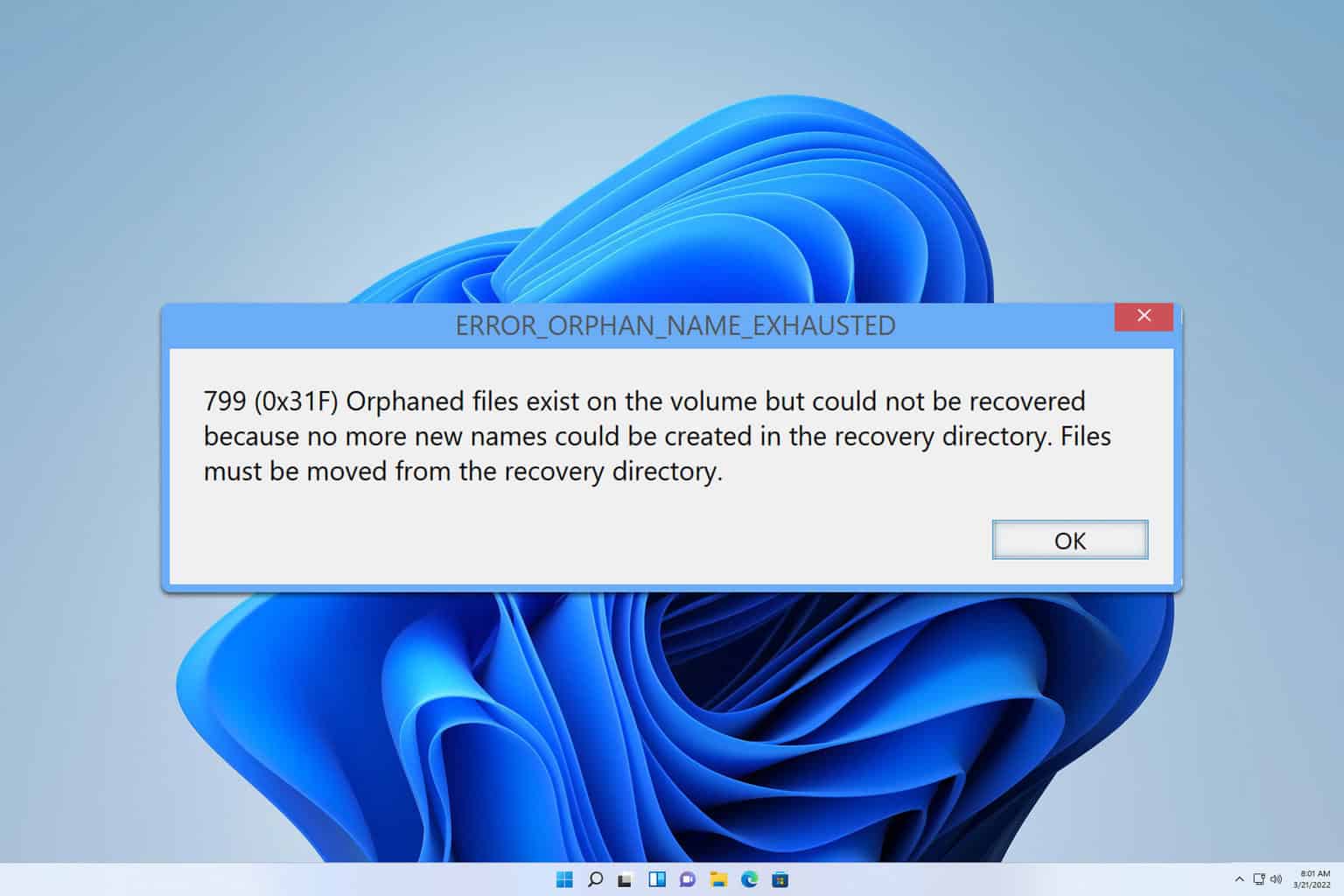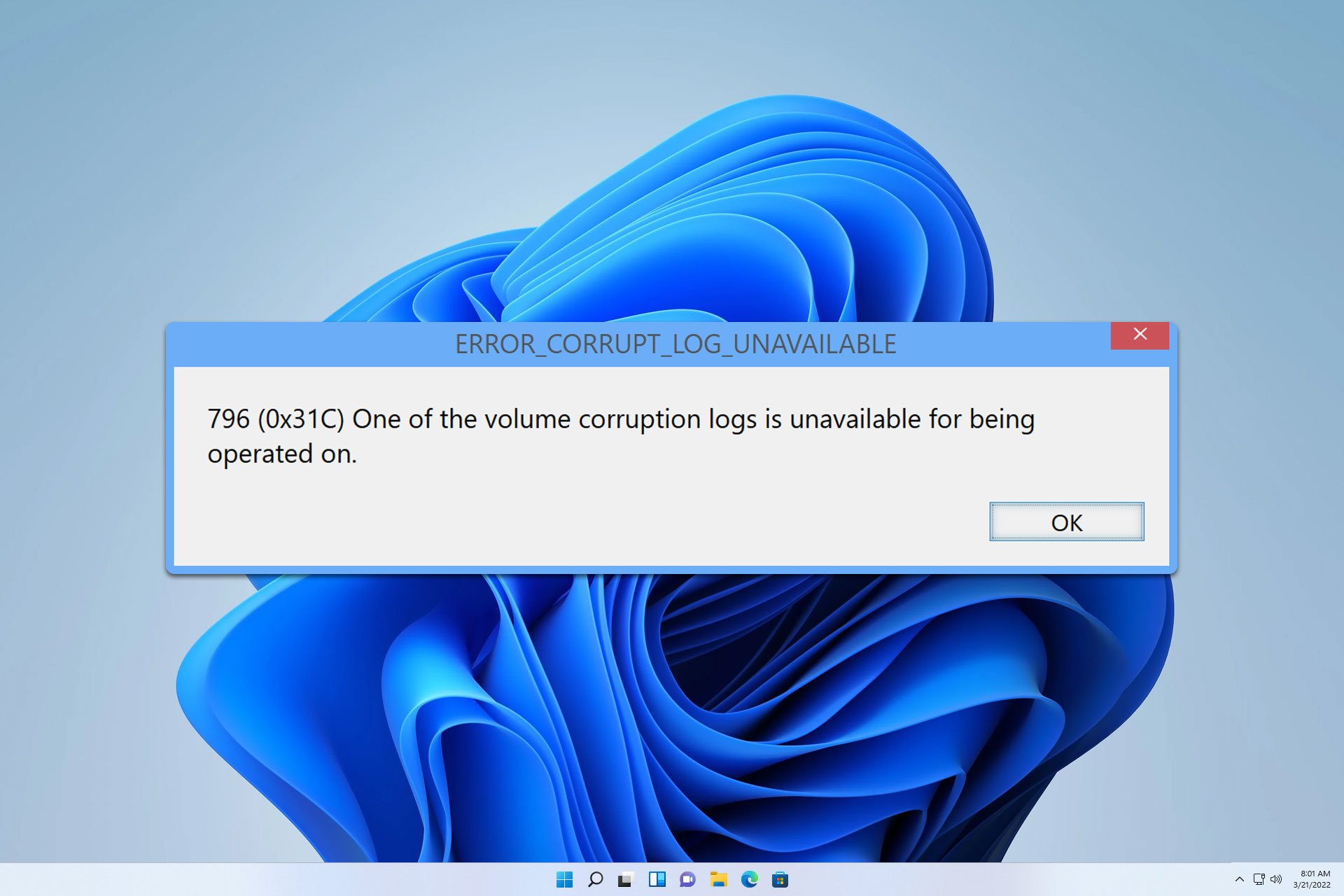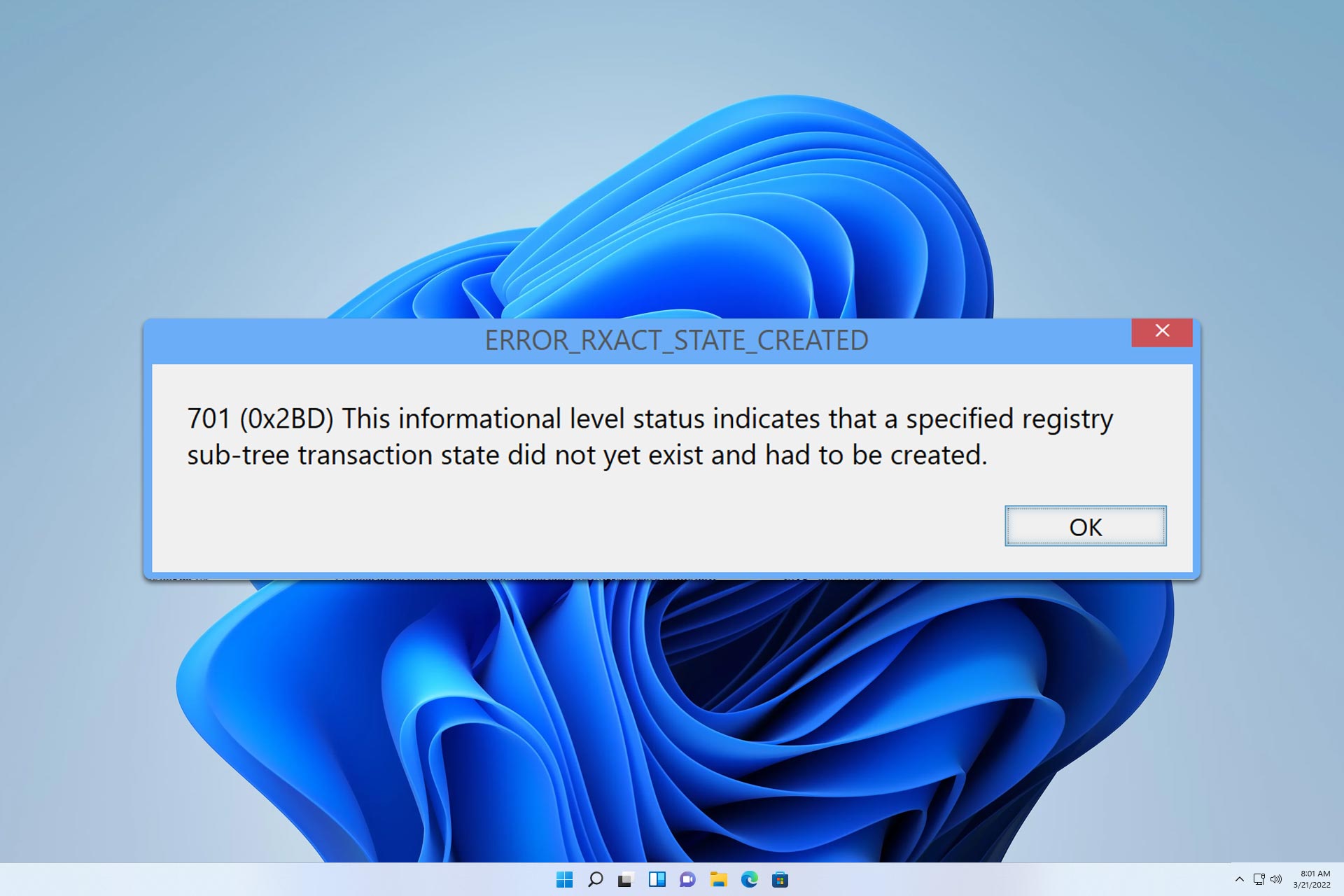What are The Common OAuth2 Errors & How to Fix Them
The key to resolve an OAuth2 error is to understand the error message
5 min. read
Updated on
Read our disclosure page to find out how can you help Windows Report sustain the editorial team. Read more
Key notes
- The OAuth2 errors could occur due to invalid client credentials, incorrect redirect URLs, or expired authentication codes.
- Keep reading to learn about the errors and how to troubleshoot them.

Developers often encounter errors during the OAuth2 authentication process when they implement secure access to resources.
In this guide, we will discuss different OAuth2 errors, offering insights into their origins and providing practical solutions to troubleshoot and resolve them effectively.
How can I fix the common OAuth2 errors?
1. Invalid_request
If an authentication request to Hub doesn’t have a required parameter, includes a parameter more than once, has an invalid parameter value, or is malformed, you can see the invalid_request error.
To fix it, check these things:
- First, check the request parameters mentioned, including client_id, response_type, redirect_uri, and scope are correctly formatted and match the expected values.
- Next, check the Redirect URI mentioned is the exact match, including trailing slashes and query parameters with the one registered with the OAuth2 provider.
- Check the encoding of parameters in the request, use HTTPS, and make sure the requested scope is valid & supported by the OAuth2 provider.
To know more about the issue, you should use the debugging tools or take a good look at the logs provided by the OAuth2 provider.
2. Unauthorized_client
If the client is attempting to authenticate and doesn’t have permission to request an access token or is not recognized by the authorization server.
To fix it, check these things:
- Verify that the client_id & client_secret provided in the request are correct and OAuth2 provider supports the grant type used.
- Double-check the client is registered with the OAuth2 provider, the client status is active and is allowed to use the requested grant type.
- Ensure the provided redirect URI is correct & registered as one of the service’s redirect URIs & your service should provide at least one redirect_uri in Hub.
3. Unsupported_response_type
The unsupported response type error in OAuth2 appears when the requested response type in the authorization request is not supported or allowed by the authorization server.
To fix it, check these things:
- Check the response_type parameter in the authorization request is set to a valid value and chosen response.
- Verify the documentation to recognize the supported response types & other requirements.
- Ensure the selected response_type matches the suitable grant type and the response_type parameter is formatted properly.
- Make sure the client application is registered with the authorization server & is allowed to perform a specified response type.
4. Invalid_scope
You get the Invalid_scope error message when the scope for which authorization is requested doesn’t match with the registered service.
To fix it, check these things:
- Double-check the Scope parameter to ensure the authorization request contains a valid scope, and check the documentation to understand which scopes are supported by the authorization server and provider.
- If requesting multiple scopes, ensure they are separated by spaces and check the permissions to ensure the user is allowed to use the requested specific scopes.
- Verify if the client application is registered with the authorization server and has permission to access a specific scope.
5. Invalid_client
When a client who is trying to authenticate or client ID or Client secret are not recognized or incorrect, you see the Invalid_client error.
To fix it, check these things:
- Double-check that client_ID and client_secret are correctly mentioned in the request and ensure the client registration is aptly done with the OAuth2 authorization server.
- Verify whether the client type in the request aligns with the client registration on the authorization server and ensure the authorization server configuration is done to support OAuth2 version.
- Check the client credentials are correctly formatted and the client status is active with the authorization server.
6. Access denied
If a user denies requested permissions or when the authorization server doesn’t accept the authorization request, you see the access_denied message.
To fix it, check these things:
- Guide the user through the authorization process or review & modify the requesting scopes that the user is not comfortable accepting.
- Check the client registration for misconfiguration like incorrect redirect URI and the authorization server’s policies and documentation to understand the requirements and restrictions.
7. Invalid Redirect URI

When the Redirect URI mentioned in the OAuth2 authorization request is not the same as the one registered with the authorization server.
To fix it, check these things:
- Make sure that the Redirect URI in the request is correct, matches with the one mentioned with the server, and is correctly registered with the OAuth2 provider.
- Check URI formatting and encoding for differences in both request and registration to ensure consistency.
- If you are using wild card characters in the request, make sure you are using them correctly in the registered URI.
Understanding the error message is the first step to diagnosing and resolving any OAuth2 error; therefore, first, find the root cause of the issue, then use the necessary steps to fix it.
Insufficient permissions can also cause other issues like the 403 Forbidden error on Ebay; read this guide to learn more about it.
If you have any questions or suggestions about the subject, feel free to mention them in the comments section below. We will be happy to help!














User forum
0 messages